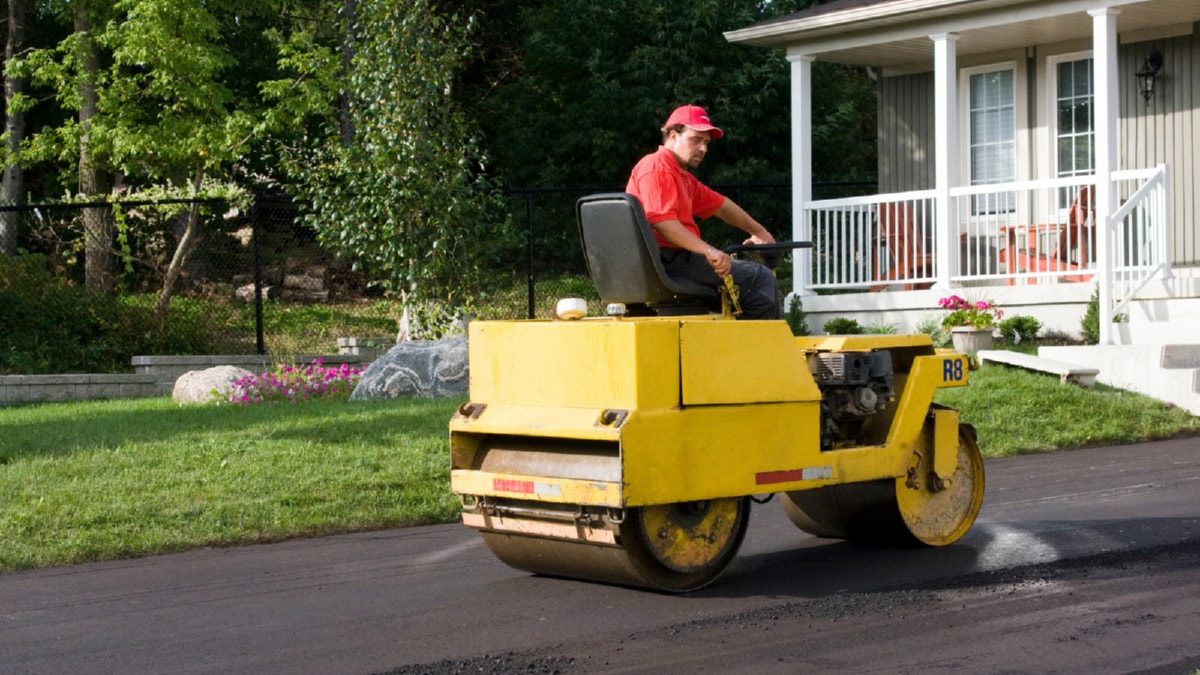The future of construction is evolving rapidly, with the industry being reshaped by a commitment to sustainability, new technologies, and innovative practices. Moving forward, sustainable construction will become the norm rather than the exception. It is crucial to understand the emerging trends and techniques that are paving the way for this new era in the construction industry.
Sustainable construction is an approach that seeks to minimize environmental impact while maximizing social and economic benefits. It encompasses the entire lifecycle of a building, from design and construction to operation and demolition. The goal is to create buildings that are energy efficient, durable, and comfortable, while also being environmentally friendly and economically viable.
One of the most significant trends in sustainable construction is the use of green building materials. These materials are sourced responsibly, have low environmental impact, and can often be recycled or reused. They include renewable resources like bamboo, recycled steel, and low-VOC paints, among others. The use of these materials not only reduces the environmental impact of construction but also improves indoor air quality and reduces energy costs.
Another emerging trend is the use of renewable energy sources in construction. This includes harnessing solar power, wind energy, and geothermal energy to power construction sites and, eventually, the buildings themselves. Renewable energy is clean, sustainable, and increasingly cost-effective, making it a vital component of the future of sustainable construction.
In addition to these trends, various innovative techniques are being developed and implemented in the construction industry. One such technique is Building Information Modelling (BIM), a digital representation of physical and functional characteristics of a facility. BIM allows for more accurate planning and design, which can result in less waste and more efficient construction processes.
Another exciting technique is 3D printing, which holds enormous potential for sustainable construction. 3D printing can produce complex structures with high precision, reducing waste and speeding up construction times. It also opens up the possibility of using novel, environmentally friendly materials.
Prefabrication is another technique that is gaining traction. This involves assembling parts of a building in a factory before transporting them to the construction site. Prefabrication can reduce construction times and costs, minimize waste, and result in higher quality buildings.
In terms of waste management, the concept of a circular economy is increasingly being adopted. This approach emphasizes the importance of reusing and recycling materials, reducing waste, and creating a closed-loop system where resources are continually reused.
Finally, sustainable construction is not just about the buildings themselves, but also about creating sustainable communities. This involves considering the impacts of construction on local communities, biodiversity, and the broader environment, and taking steps to minimize these impacts.
The future of sustainable construction is bright, with many exciting trends and techniques emerging. As we continue to innovate and push the boundaries of what is possible, we can look forward to a construction industry that is not only sustainable but also contributes positively to our society and environment.
For more details, check best interlocking services Toronto or visit their business listing here.



